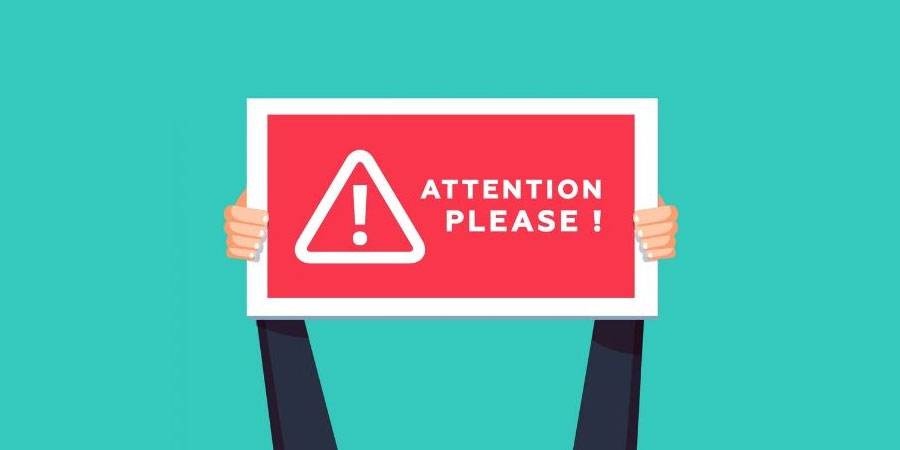Marketers might spend their time seeking consumers’ undivided and concentrated attention, but new research exposes how to get a brand message across in low attention environments.
This is according to new research by Professor Karen Nelson-Field and PhD candidate Kellen Ewens, both of the University of Adelaide in Australia. Their research in association with Dentsu Aegis Network global’s Attention Economy Initiative, forms the basis for a paper in the current issue of Admap (topic: smarter video planning).
“We gathered screen data (viewability/time on screen/sound), eye-gaze tracking and STAS (Short Time Advertising Strength) measures from 17,000 video ad views in the UK, US and Australia (16 sets of data)”, the academics explain.
“This data enabled us to look deeper into the nature of low-attention processing and its relationship to sales.” The research carried over 2018 and into 2019.
How attention works
In a literature review, Nelson-Field and Ewens isolate a handful of areas in expert consensus. One of them is the idea of the guidance trigger.
“As humans we operate in a default state of sub-consciousness (or pre-attentiveness) where we have a broad and un-specific focus to everything around us. Our state of consciousness, and our subsequent level of attention, can then change when guidance triggers surface.”
Guidance triggers can be either top-down (endogenous) or bottom up (exogenous).
- Endogenous: Top-down triggers are typically personal and goal-oriented, when you are web-searching, when we use “high and controlled attention”. Another example is when watching video and a personally relevant ad appears. In this case, the ad becomes the viewer’s main focus.
- Exogenous: Bottom-up triggers are more stimulus-driven. “For example, we pay low and automatic attention when an ad delivers unexpectedness such as being of high emotion or just plain loud – and therefore the ad becomes of incidental focus to the viewer.”
- Overall: “Controlled processes require us to think on a fully conscious level, while automatic processes occur at semi consciousness.” Most processes are the latter.
Methodology
The study’s attention measure worked off raw data in the form of webcam/mobile camera footage gathered via an app installed on users’ devices. Through a machine learning model, the team was able to work out three types of attention that viewers were displaying: high, low, or no attention.
Each segment (along with a control sample) was correlated with Short Time Advertising Strength (STAS) scores, a sales proxy worked out by determining the proportion of viewers choosing the test brand from a virtual store after a short exposure to an ad compared to those who had not (the baseline).
Results
The majority of viewing is low attention. On average 54% (+/-7) of all attention paid was low, while only 32% (+/-8) was high. The remaining 14% (+/-5) of attention paid to advertising was pre/no-attention. As many as 96% of the sample switched between attention levels while watching the screen.
It’s not the shift from low to high attention that deliver lift, but the transition from pre-attention to low attention that matters. “Low attention processing delivers more value than most people give it credit. We found the greatest uplift in sales impact occurs when a viewer moves from a pre-attentive state to low attention”, the authors write. “High attention is not the only valuable commodity.”
This issue of Admap on video planning features articles by thought leaders from across the globe. WARC subscribers can access a deck which summarises the expert advice from contributors and key considerations on the topic.
Sourced from Admap
–
This article first appeared in www.warc.com
Seeking to build and grow your brand using the force of consumer insight, strategic foresight, creative disruption and technology prowess? Talk to us at +9714 3867728 or mail: info@groupisd.com or visit www.groupisd.com




